41 integumentary system with labels
The Layers of the Integumentary System - ThoughtCo The integumentary system is the body's first line of defense against bacteria , viruses, and other pathogens. It also helps provide protection from harmful ultraviolet radiation. The skin is a sensory organ, too, with receptors for detecting heat and cold, touch, pressure, and pain. Integumentary system - Wikipedia The integumentary system is the set of organs forming the outermost layer of an animal's body. It comprises the skin and its appendages, which act as a physical barrier between the external environment and the internal environment that it serves to protect and maintain the body of the animal. Mainly it is the body's outer skin. The integumentary system includes hair, scales, feathers, hooves ...
Integumentary System: What It Is, Function & Organs - Cleveland Clinic Your integumentary system is your body's outer layer. It consists of your skin, hair, nails and glands. These organs and structures are your first line of defense against bacteria and help protect you from injury and sunlight. Your integumentary system works with other systems in your body to keep it in balance. Appointments 216.444.5725

Integumentary system with labels
Hole's Human Anatomy & Physiology | Labeling Exercises Labeling Exercises: True or False Quiz: Multiple Choice Quiz: Feedback True or False Quiz: Feedback Multiple Choice Quiz: ... , Grayson County Community College. Skin and the Integumentary System. Labeling Exercises. Labeling Exercise 1 Labeling Exercise 2 Labeling Exercise 3 Labeling Exercise 4 Labeling Exercise 5 Labeling Exercise 6: 2002 ... The Integumentary System - Houston Community College The Integumentary System Lab Exercise # 4 Integumentary System Dr. McGehee Anatomy and Physiology I 03/04/2013 What are the major characteristics of the skin? •Waterproof, stretchable, washable, and repairable •One of the largest organ systems of the body •Functions: -Regulation of temperature -Osmoregulation -Excretion Integumentary system: Definition, diagram and function | Kenhub Broadly speaking, the integumentary system is composed of skin and its appendages, subcutaneous tissue, deep fascia, mucocutaneous junctions, and breasts. This article will discuss all of these components in detail together with some clinical notes about them and the integumentary system as a whole. Contents Components Skin Functions Layers
Integumentary system with labels. Integumentary System | histology - University of Michigan Ross and Pawlina (6th ed), Chapter 15 Integumentary System, pgs. 488-525 Back to Top Learning Objectives Be able to identify principal layers of the skin (epidermis, dermis and hypodermis) at the light microscope level and know the principal functions of each layer. Integumentary System (labeling) Quiz - Quizizz Play this game to review undefined. Identify the structure indicated integumentary system labeling Flashcards and Study Sets | Quizlet Learn integumentary system labeling with free interactive flashcards. Choose from 5,000 different sets of integumentary system labeling flashcards on Quizlet. Label the Integumentary System Quiz - PurposeGames.com About this Quiz This is an online quiz called Label the Integumentary System There is a printable worksheet available for download here so you can take the quiz with pen and paper. Your Skills & Rank Total Points 0 Get started! Today's Rank -- 0 Today 's Points One of us! Game Points 10 You need to get 100% to score the 10 points available Actions
Diagrams - The integumentary system Epidermis: The upper layer of skin composed of the Stratum Corneum, stratum Lucidum, Stratum Granulosum, Stratum Spinosum, and Stratum Germinativum. The Stratum Corneum: The outermost layer of skin consisting of dead and Keratinization cells. Used as a barrier for light, heat, chemicals and micro-organisms. Found in the Epidermis. PDF Unit 3 Integumentary System - Central New Mexico Community College Image 2: Layers of the integumentary system Creative Commons Attribution 4.0 International Openstax URL: Layers of the integumentary system The mini activity that you just did relates to the serosa surrounding the lungs (see Image 1). Lungs are encased in serous membranes specifically called pleura. The visceral pleura (labeled B.) directly ... Integumentary System | Biology for Majors II - Lumen Learning The integumentary system consists of the skin, hair, nails, the subcutaneous tissue below the skin, and assorted glands.The most obvious function of the integumentary system is the protection that the skin gives to underlying tissues. The skin not only keeps most harmful substances out, but also prevents the loss of fluids. A major function of the subcutaneous tissue is to connect the skin to ... Integumentary System Labeling Diagram | Quizlet How can a fractured diaphysis release fat globules into the bloodstream? a. The bone pierces fat stores in the skin. b. The yellow marrow in the diaphysis is exposed and damaged. c. The injury triggers the body to release fat from healthy bones. d. The red marrow in the fractured bone releases fat to heal the fracture. Verified answer.
Integumentary System Anatomy and Physiology - Nurseslabs Anatomy of the Integumentary System The skin and its derivatives (sweat and oil glands, hair and nails) serve a number of functions, mostly protective; together, these organs are called the integumentary system. Structure of the Skin The skin is composed of two kinds of tissue: the outer epidermis and the underlying dermis. Epidermis Integumentary System: Definition, Function, Organs & Diseases IN humans the integumentary system includes the skin - a thickened keratinized epithelium made of multiple layers of cells that is largely impervious to water. It also contains specialized cells that secrete melanin to protect the body from the carcinogenic effects of UV rays and cells that have an immune function. Anatomy of the Integumentary System - Verywell Health The integumentary system includes organs and structures such as the skin, hair, nails, glands, and nerves. The primary function of the integumentary system is to serve as a barrier between the inside of the body and elements in the environment like bacteria, pollution, and UV rays from the sun. Integumentary System Color Images - University of Delaware Integumentary System. Click on the button or title to get to the appropriate image: Duct of Seat Gland, Intraepithelial: Scalp, Panoramic, En Face: Hair Follicle, Transverse Section 1: Sebaceous Gland: Hair Follicle, Transverse Section 2: Sweat Gland Secretory Portion:
PDF The Integumentary System - Los Angeles Mission College Functions of the Integumentary system 1. protection a) chemical factors in the skin: Sebum (or oil) from the sebaceous glands is slightly acidic, retarding bacterial colonization on the skin surface. Sweatfrom the sudoriferous glands is slightly hypertonic and can flush off most bacteria on the skin surface.
Integumentary System and Mammary Gland | histology The skin and its associated structures, hair, sweat glands and nails make up the integumentary system. ... Match the text descriptions below with the appropriately feature that is labeled by a letter in the tissue section. Some labeled features may be referred to once, more than once, or not at all. ...
Integumentary Structures and Functions - Anatomy & Physiology - CCCOnline Gross Anatomy of the Integumentary System. The skin is made up of two mutually dependent layers that are distinguished based on their structure and location. These layers - the epidermis and the dermis - contain a variety of structures, including blood vessels, hair follicles, and sweat glands. Beneath the dermis lies the hypodermis (subcutis).
Integumentary system parts: Quizzes and diagrams | Kenhub Integumentary system quiz and answers One of the best ways to start learning about a new system, organ or region is with a labeled diagram showing you all of the main structures found within it. Not only will this introduce you to several new structures together, it will also give you an overview of the relations between them.
Integumentary System Labeling and Questions worksheet student.docx ... Integumentary System Objectives Checklist. After completion of this lab you should be able to: list the general functions of the integumentary system and explain how the skin and its accessory organs carries out these functions identify the structures of the skin and its accessory organs as well as the different types of tissues and cells that make up the major layers of the skin compare the ...
how to draw integumentary system/ skin layers - YouTube how to draw integumentary system/ skin layersother diagrams tutorial video links:- to draw digestive system:-https...
Solved Drag the labels onto the diagram to identify the - Chegg Expert Answer. 100% (9 ratings) After arrector muscle pilli …. View the full answer. Transcribed image text: Drag the labels onto the diagram to identify the components of the integumentary system. Reset Stre Cutaneous embra Har shaft Pore swear gland duct Talle COCOLISCIA Seondecus gland. rectomp muscle Hair follicle cam QUISA Swearglana du ...
Integumentary System Labeling Quiz - PurposeGames.com An unregistered player played the game 2 weeks ago About this Quiz This is an online quiz called Integumentary System Labeling There is a printable worksheet available for download here so you can take the quiz with pen and paper. From the quiz author Select the correct structure found in the Integumentary System. Your Skills & Rank Total Points 0
What Are the 5 Parts of the Integumentary System? - MedicineNet The 5 parts of the integumentary system—skin, hair, nails, glands, and nerves—protect the body from environmental elements The integumentary system is made up of organs and structures that protect the inside of the body from environmental elements. The 5 parts of the integumentary system include: Skin Hair Nails Glands Nerves Skin
Integumentary System - Building a Medical Terminology Foundation The integumentary system refers to the skin and its accessory structures. In the adult human body, the skin makes up about 16 percent of body weight and covers an area of 1.5 to 2 m 2. In fact, the skin and accessory structures are the largest organ system in the human body. The skin protects your inner organs and it is in need of daily care ...
Integumentary System - Diagram - How It Works | Live Science The integumentary system, or skin, is the largest organ in the body. Besides the skin, it comprises the hair and nails as well, which are appendages of the skin. In humans, this system accounts for...
Integumentary system: Definition, diagram and function | Kenhub Broadly speaking, the integumentary system is composed of skin and its appendages, subcutaneous tissue, deep fascia, mucocutaneous junctions, and breasts. This article will discuss all of these components in detail together with some clinical notes about them and the integumentary system as a whole. Contents Components Skin Functions Layers
The Integumentary System - Houston Community College The Integumentary System Lab Exercise # 4 Integumentary System Dr. McGehee Anatomy and Physiology I 03/04/2013 What are the major characteristics of the skin? •Waterproof, stretchable, washable, and repairable •One of the largest organ systems of the body •Functions: -Regulation of temperature -Osmoregulation -Excretion
Hole's Human Anatomy & Physiology | Labeling Exercises Labeling Exercises: True or False Quiz: Multiple Choice Quiz: Feedback True or False Quiz: Feedback Multiple Choice Quiz: ... , Grayson County Community College. Skin and the Integumentary System. Labeling Exercises. Labeling Exercise 1 Labeling Exercise 2 Labeling Exercise 3 Labeling Exercise 4 Labeling Exercise 5 Labeling Exercise 6: 2002 ...

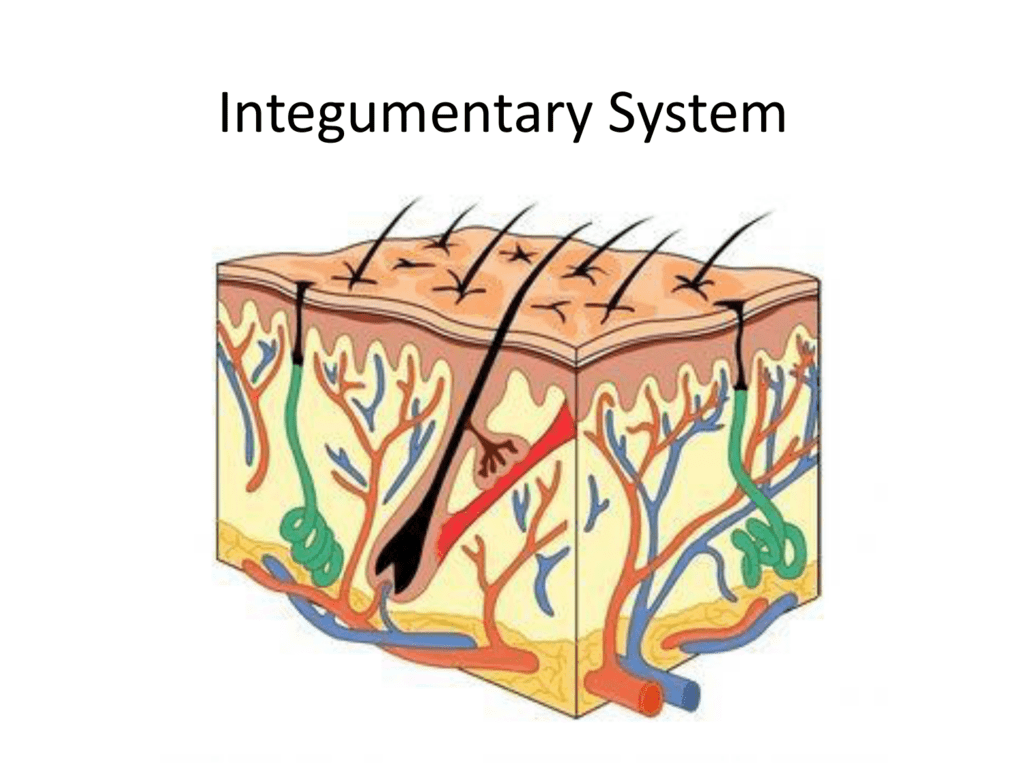

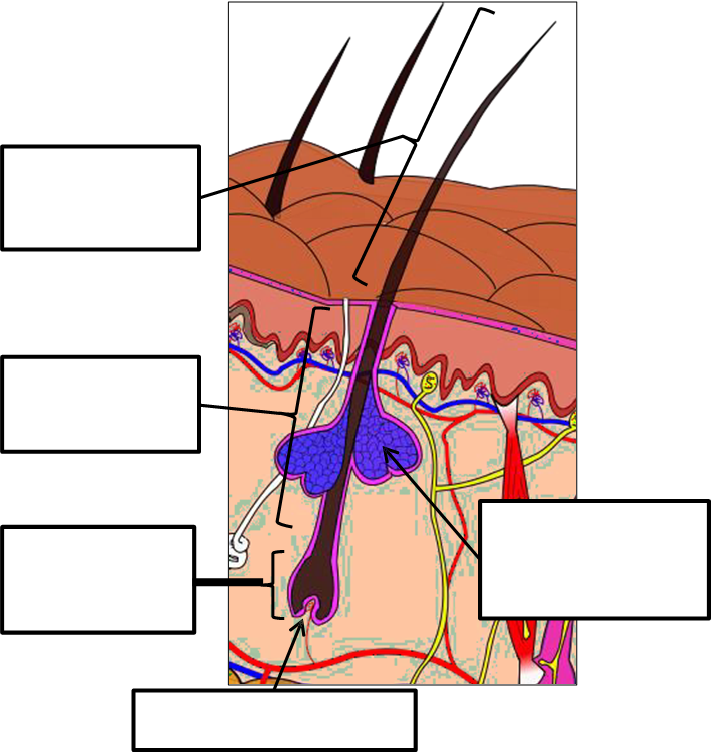
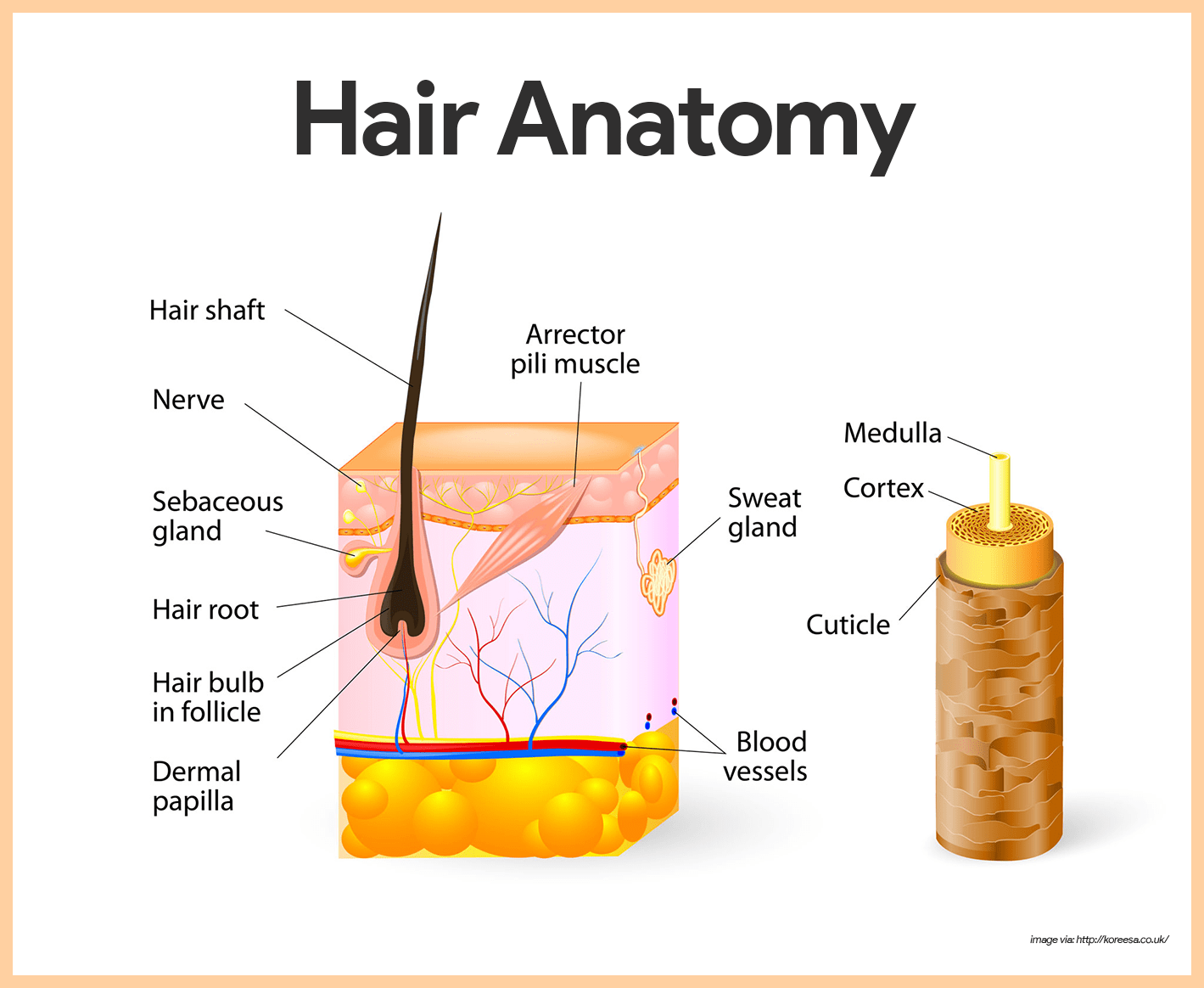



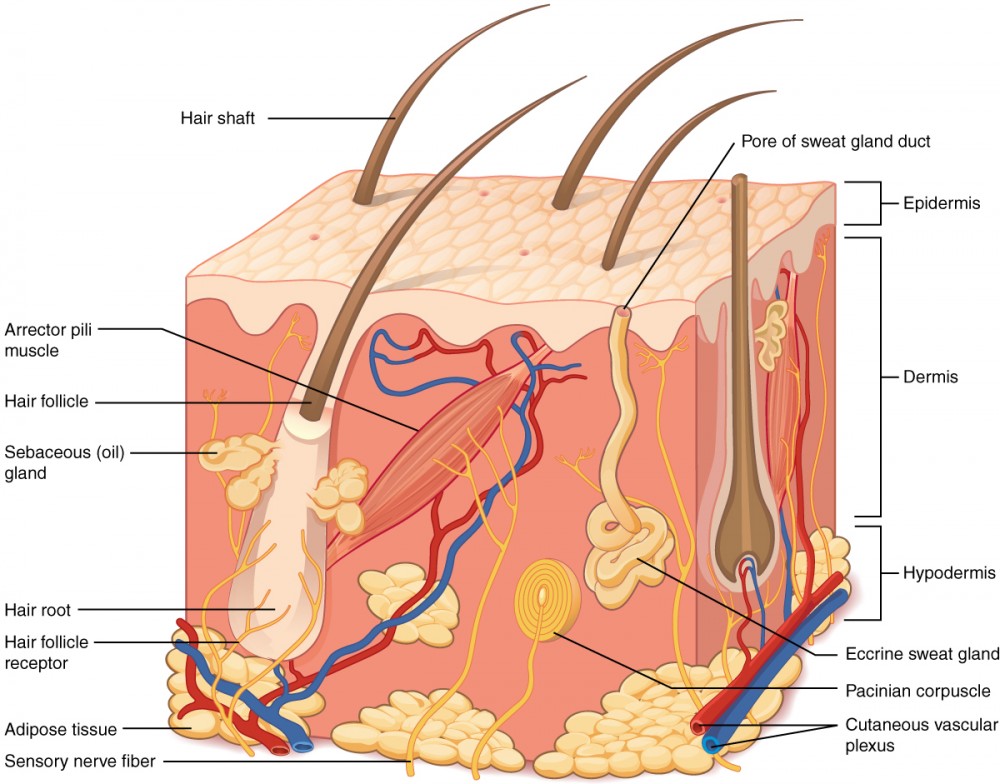
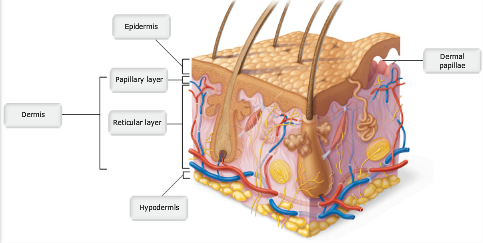






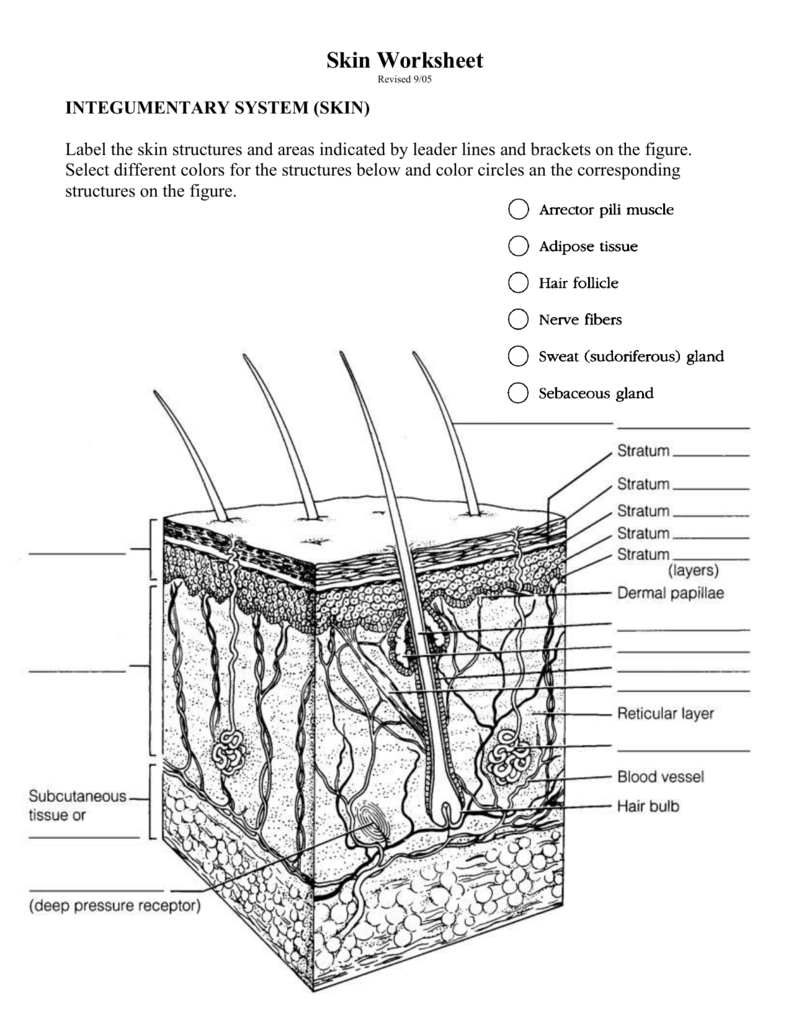
:background_color(FFFFFF):format(jpeg)/images/library/11027/labeled_diagram_anatomy_of_integumentary_system.jpg)
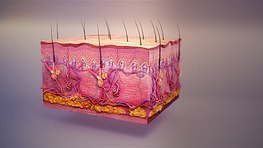

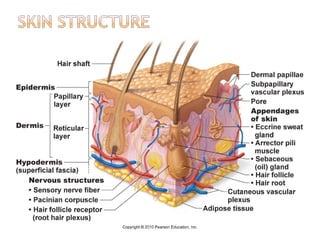
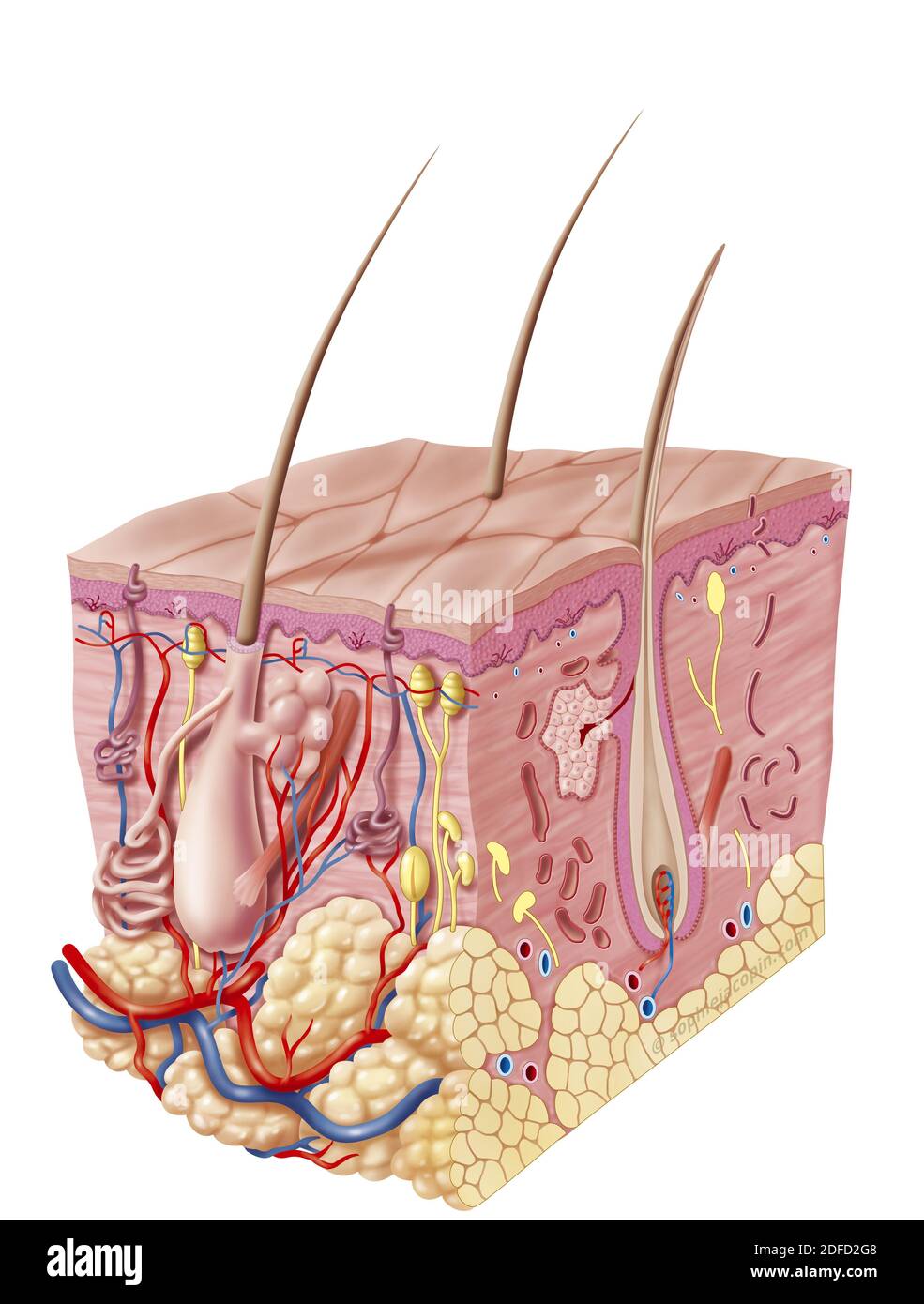

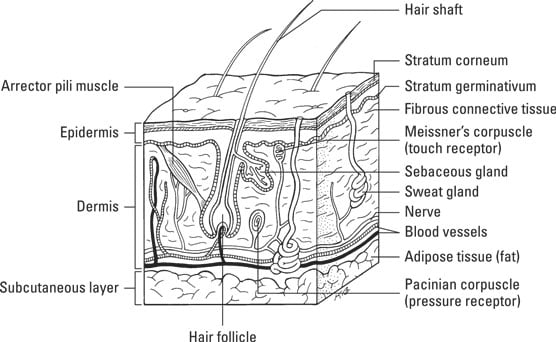

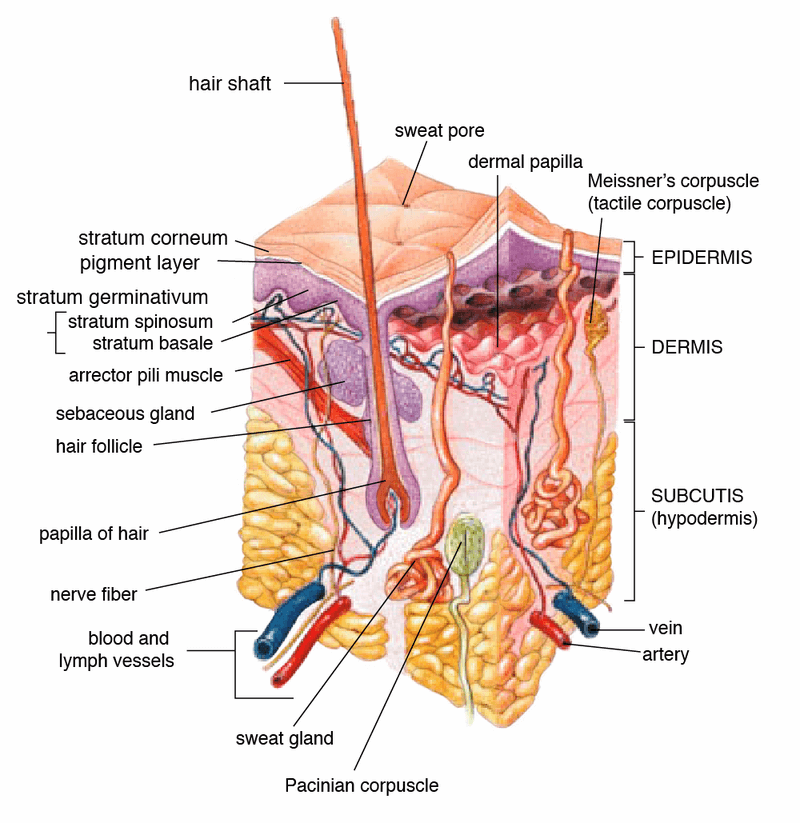





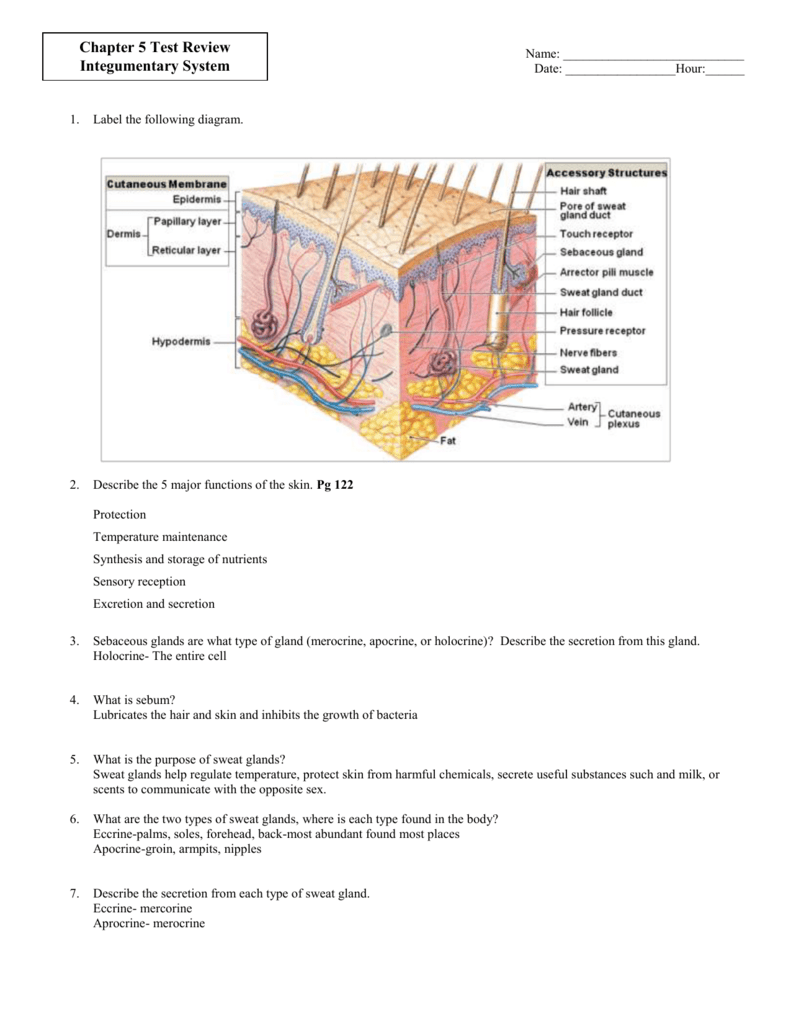


Post a Comment for "41 integumentary system with labels"